Planning your Next Trip: How to get the Images You Want
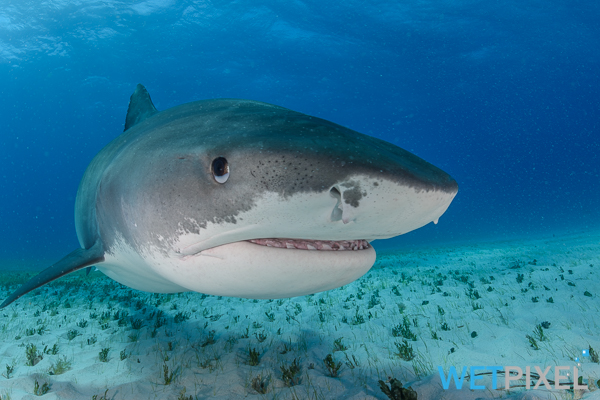
When I first transitioned from being a diver with a camera to an underwater photographer, I was fortunate to be hanging out (at least virtually) with the likes of Eric Cheng, Douglas Seifert, and Alex Mustard. It is perhaps no surprise that many successful underwater image-makers have strong marine science, or at least science, backgrounds, and read widely on topics related to the marine environment. I still fondly remember Eric sharing a “reading list” of research papers and journal article references about specific subjects and destinations prior to trips.
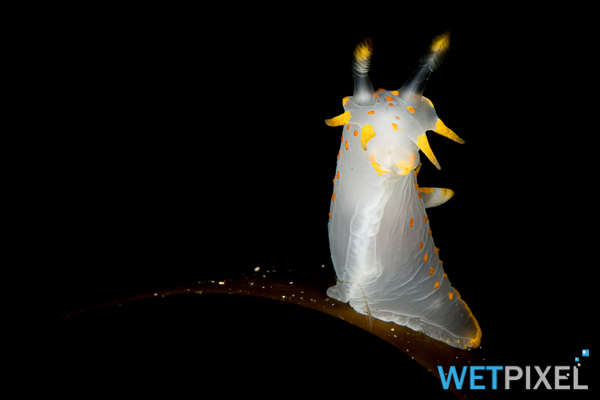
Martin Edge, in his seminal text “The Underwater Photographer,” describes one of the secrets to of underwater imaging to be “f/11 and be there.” This sounds straightforward until we ask the question; where is there? In terms of productivity, it makes sense to increase the chances of getting the shots you want by doing some research. By researching the destination and subject, this significantly increases the likelihood of you being “there” at the moment of the peak of the action and thus being able to capture memorable imagery.
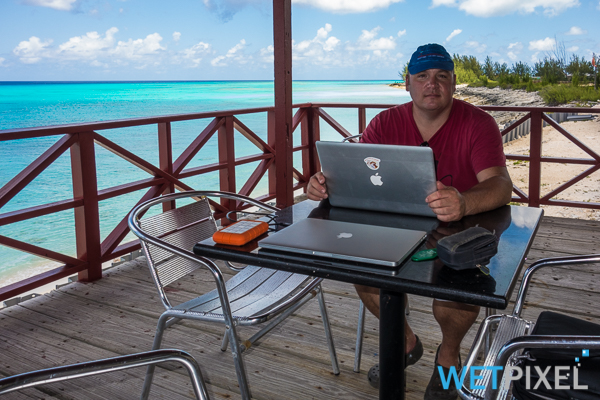
So how do we go about doing the research?
The key is to identify sources. We live in a time where there is more information available, and communications are more accessible than ever before. Sources like the Wetpixel forums contain an incredible volume of information about almost every subject and destination that an image-maker can consider and it can all be accessed by simply adding the word “Wetpixel” to a Google search string!
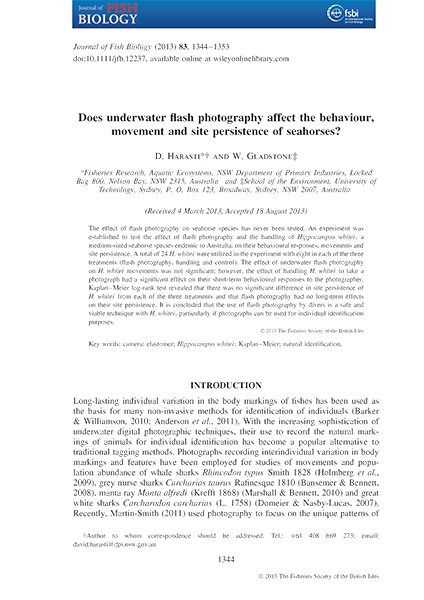
Increasingly academic journal articles are available as open-source via PLoS and other free to view sources. These can provide critical insights into understanding behaviors and locations. As the papers often identify their authors and their academic institutions, it is sometimes possible to ask these knowledgeable people specific questions about their research too.
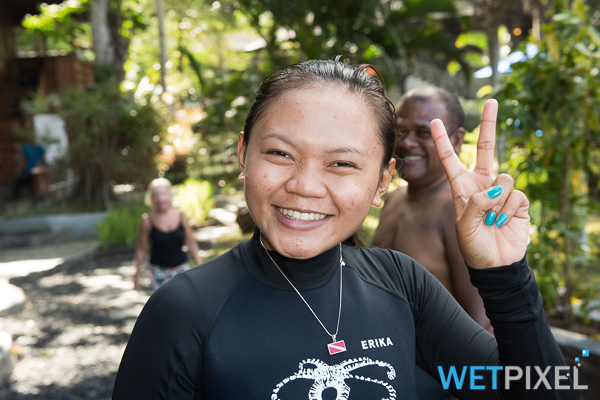
Social media is both a boon and a curse for research. By its very nature, it is an excellent way to get in contact with people or to “crowdsource” information. While this sounds ideal, the quality of information varies widely, depending on its source. General queries will often produce large volumes of opinion, but little in the way of fact. Because social media is hard to search effectively, knowledgable individuals often suffer from “response fatigue” as they get asked similar questions over and over! The phrase “caveat emperor” in terms of the value of advice springs to mind.
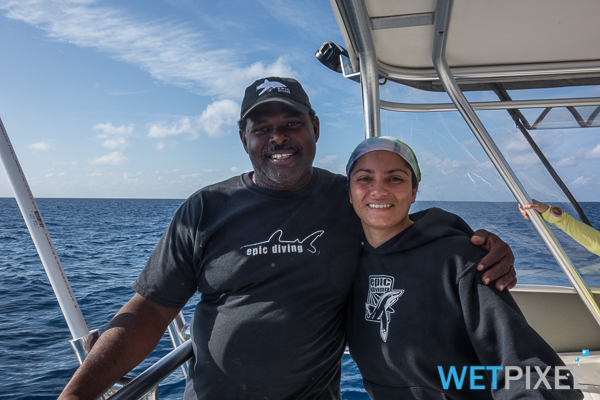
Lastly, there is nothing that can beat recent local knowledge. The operators that live and work in an environment or with a creature have a unique depth of knowledge. Dive guides, dive center staff, local fishermen, and researchers are an invaluable source of information. Watching the guides find critters in Lembeh or Anilao, the shark wranglers at Tiger Beach, or the fishermen finding sailfish (or whale sharks) off Isla Mujeres gives a whole new perspective to expertise and comprehensive knowledge.
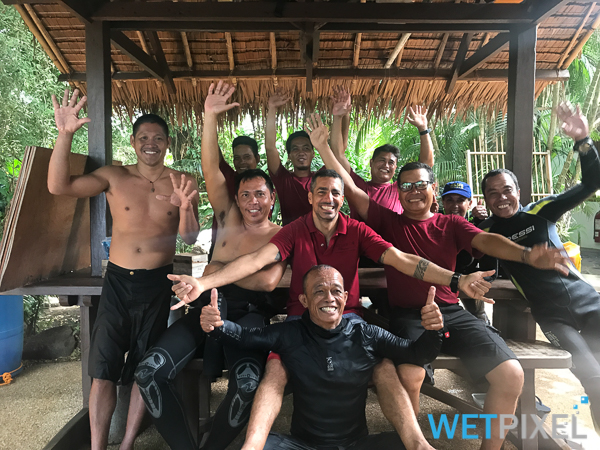
Specifics
Travel plans can be complicated. Building a relationship with a travel professional pays enormous dividends when getting there is a challenge in itself. Sometimes, local operators can be a great source of information about travel too.
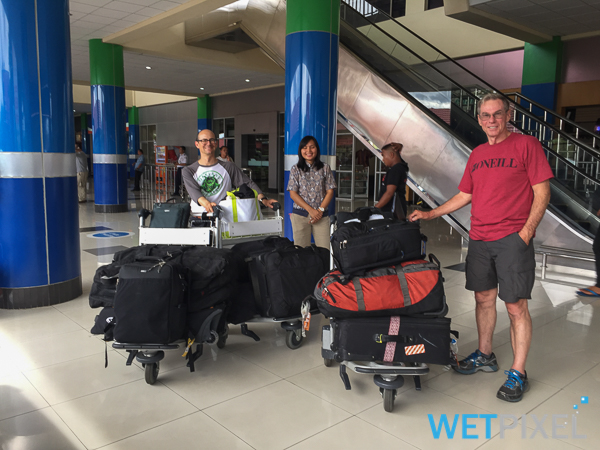
Some destination requires permits for shooters, or for capturing specific species. An example is the Azores Islands, which require permits for photographers that wish to take pictures of the resident sperm whales. These are issued in limited numbers by the local government and need to be applied for considerably in advance.
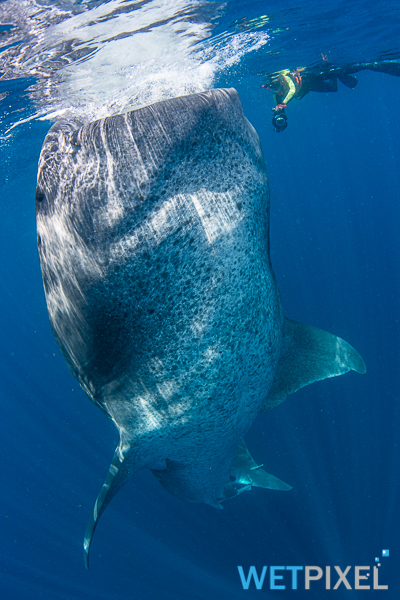
Also, some areas have specific requirements around species interactions: These include group size and approach distances. Some places may not allow you to get the shots you want to take, and it well worth knowing this in advance!
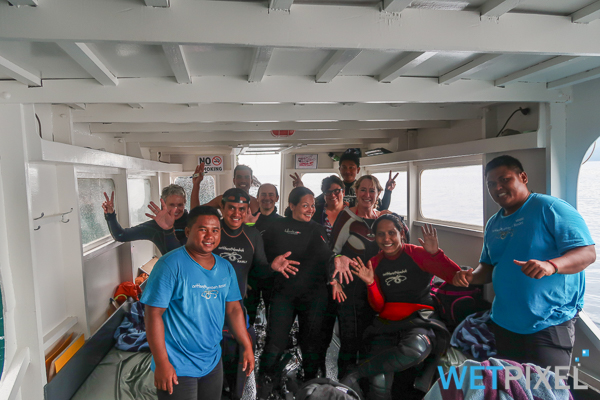
It is tough to be productive photographically or when shooting video if the others on the trip are not doing so. When your goal is to create imagery, and the others on the trip are undertaking a sightseeing tour (for example), this will result in a compromise. It is much better to travel with fellow image-makers who are all “on the same page” regarding trip goals and understand how to achieve memorable imagery best. This often has the additional advantage of getting the creative juices flowing as you discuss ideas with your fellow travelers!
Look out for more dive trip planning assistance over the next few weeks. If you haven’t seen it already, please check out Allison Vitsky Sallmon’s article. Good luck and happy planning!